Frame the place identity
[Design] Sweden | Stockholm
2015
Buildings are created anywhere on the earth. The created buildings form a relation with the place and people, whom can experience this relation. In the past each place had its characteristic buildings, but currently the world becomes overwhelmed with more uniformed buildings. Is this the beginning of losing architecture related to the place identity? No, searching for the identity problem and find a solution for this problem can stop the uniformed buildings. This graduation project focuses on the relation between architecture and the experience of the place identity.
In the first part of the graduation project a theoretical essay has been made about the identification aspect. Due to the theory, this identification aspect is related to natural environment, because the natural elements are the primary components of the given. If the natural environment is the way of finding the place identity, people are the one to experience this identity. But how do people experience the relation between the place and the built environment? These questions led to the research question of the essay: “In what way(s) is the natural environment decisive for how people identify themselves with a place?” The research question consists of two phenomenological theoretical parts. The first theory is about the knowledge how people experience architecture, and the second theory is about the relation between architecture and the place. These theories are based on architectural theorists Juhani Pallasmaa and Christian Norberg-Schulz. Finally, the theory is analysed on three case studies, which formed an analytic method for understanding the natural place and led to conclusions about the place identity. Also the design question was introduced: “How can a research institute at Norra Djurgården ensure that the user can identify itself with the place?”
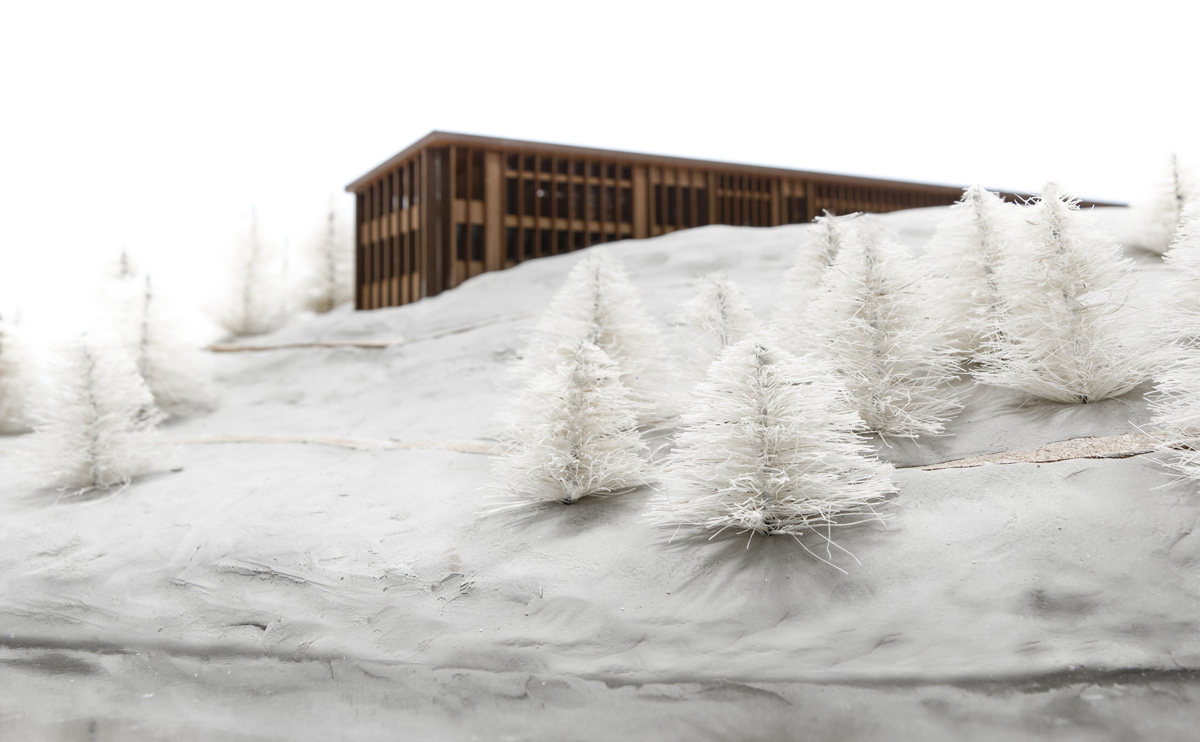
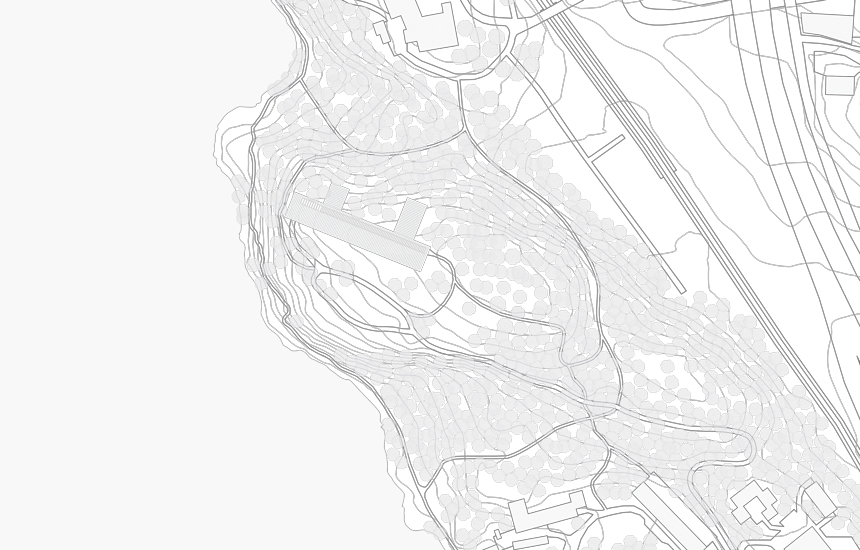
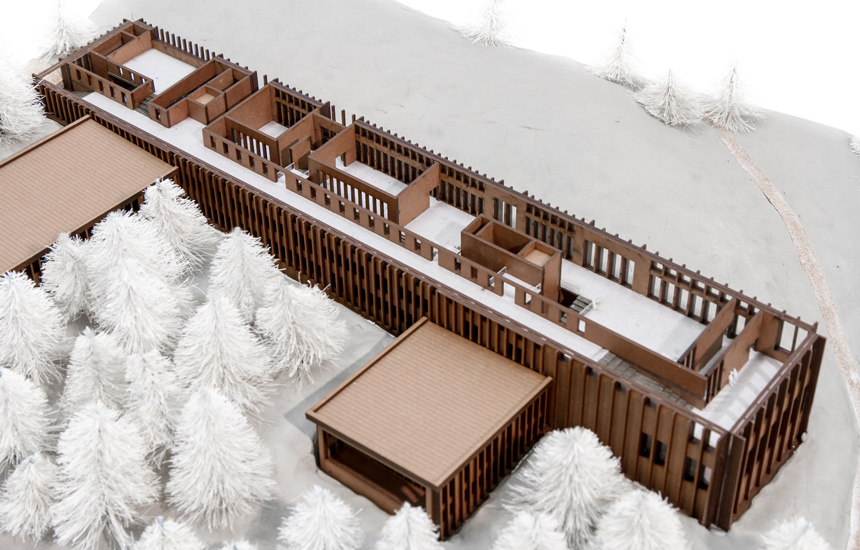

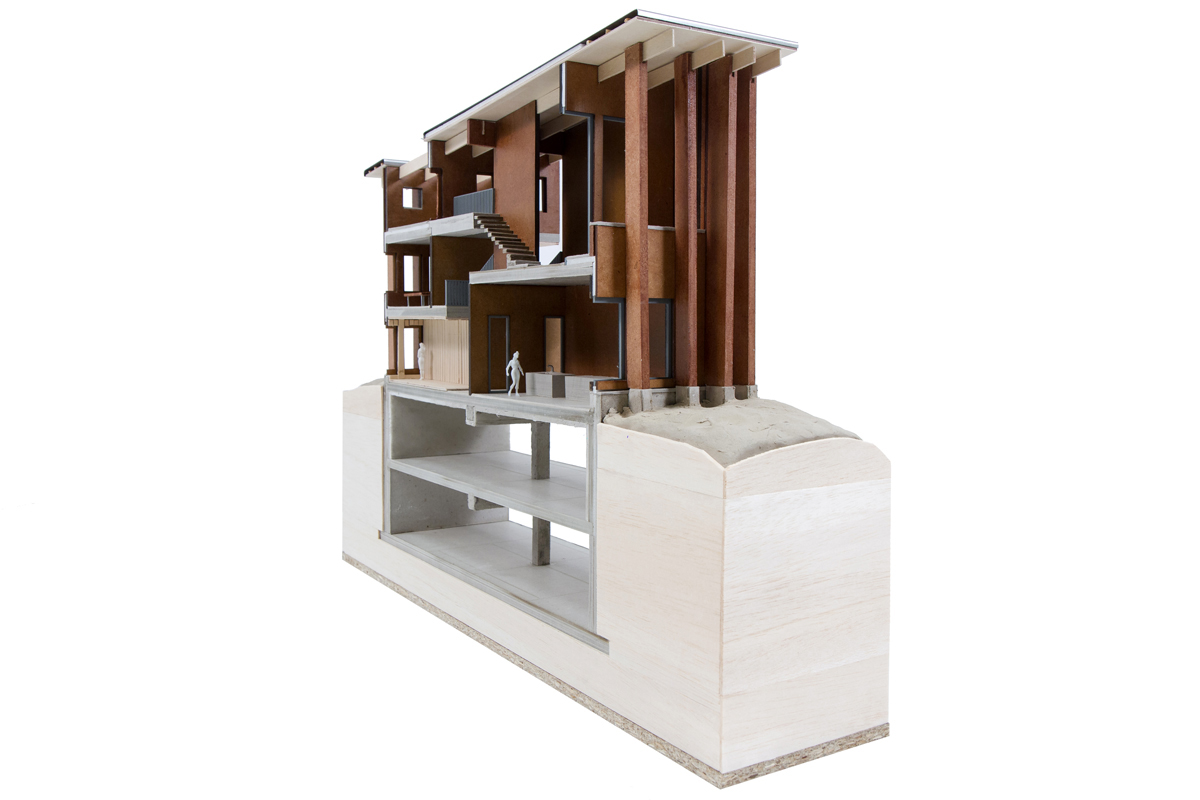
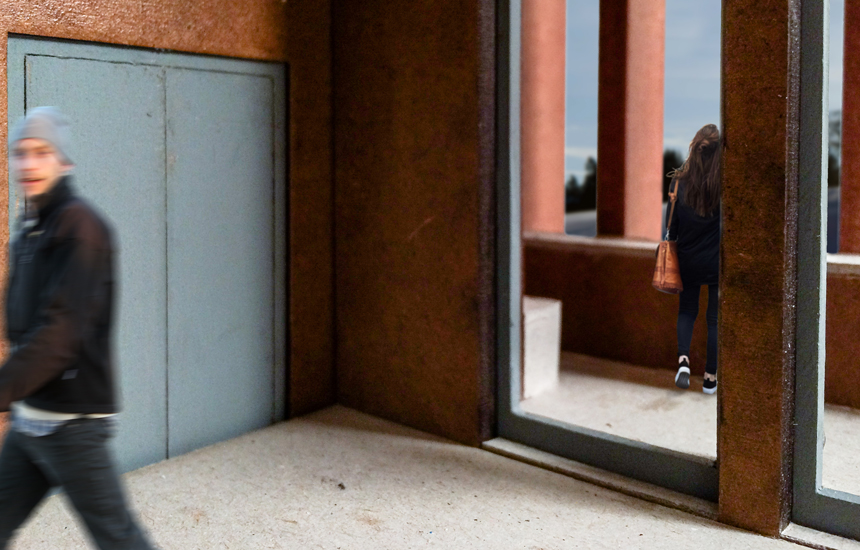
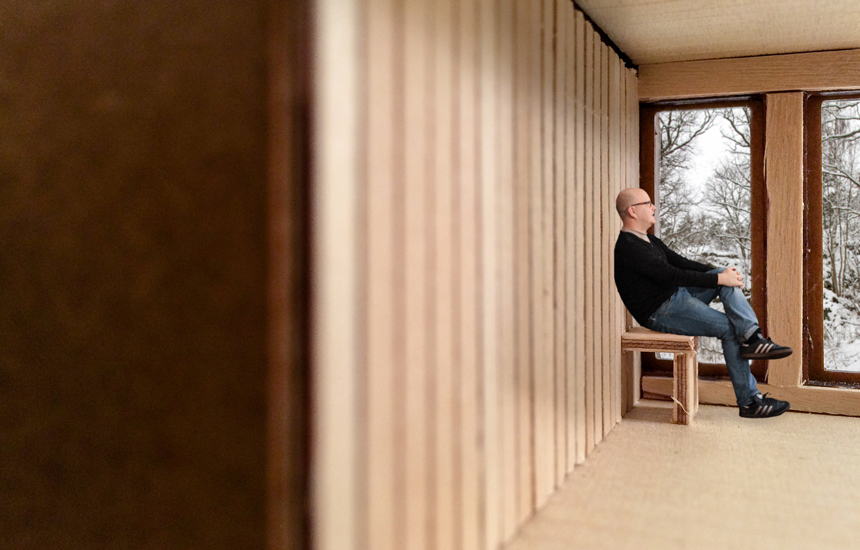
With the knowledge about the identification aspect created out of the natural environment, there was still a lack in the way architects deal with the place identity. To expand the knowledge about how to deal as an architect with the place, theory about the critical regionalism has been explored. By analysing five architects (Mario Botta, Luigi Snozzi, Glenn Murcutt, Alvar Aalto and Adalberto Libera) which are part of this architectural style, the relation of architecture and the place characteristics were discussed and resulted into a vision and design attitude.
In the following part of the graduation project a research institute in Stockholm is created by using the theory of the two theoretical parts. The choice of the location had two criteria: to experience the green-blue identity of Stockholm and the second reason was the connection of the program with the university of Stockholm. The natural environment has been analysed with the analytical method created in part one. The boundaries of the natural elements created an important feature which has a high value for the place. The two different regions at the location have two different characters which are used into the symbolisation of an architectural space. Other aspects as routing, sequences of spaces, orientation, topography, contrast and form are discussed and resulted into a design in which the place identity can be experienced.
Tutors:
dr. ir. Gijs Wallis de Vries
ir. Rob Willemse
ir. Sjef van Hoof
ir. Wouter Hilhorst
Course:
Graduation studio - ID on representation in architecture
Master Architecture
Eindhoven University of Technology